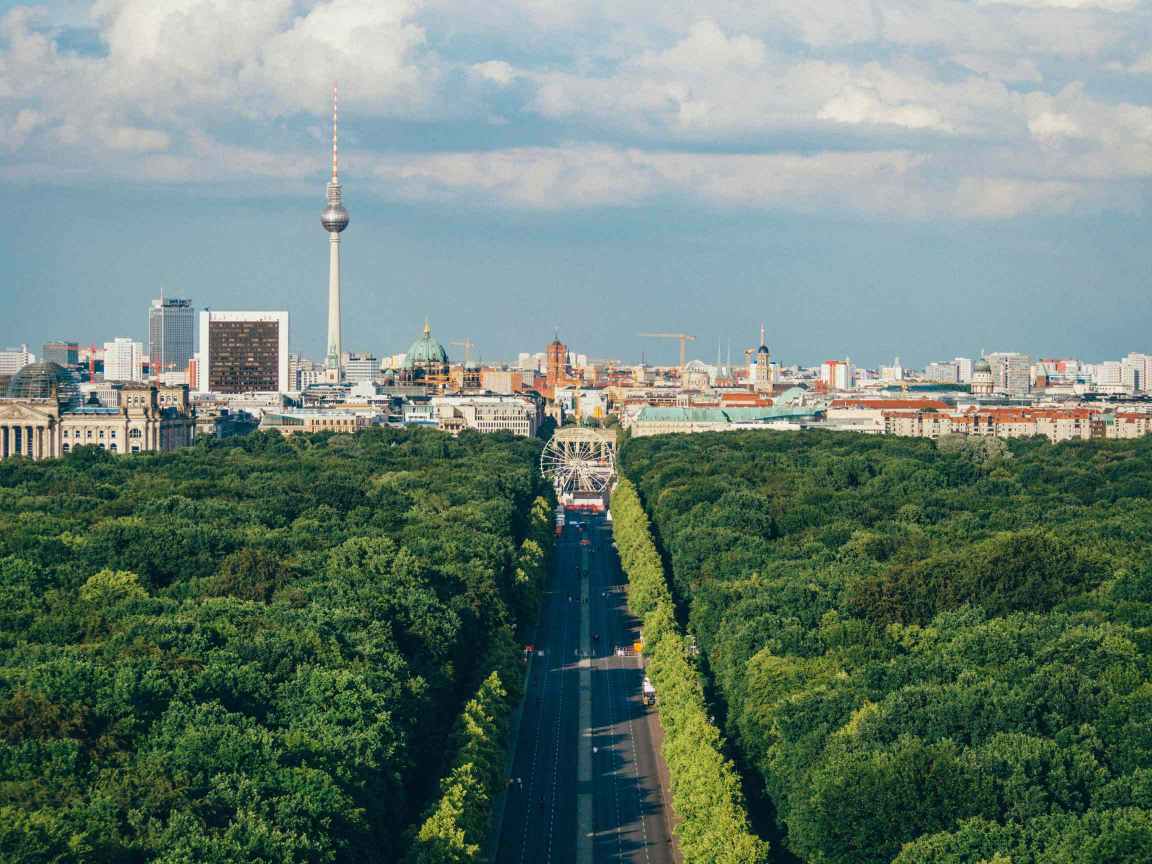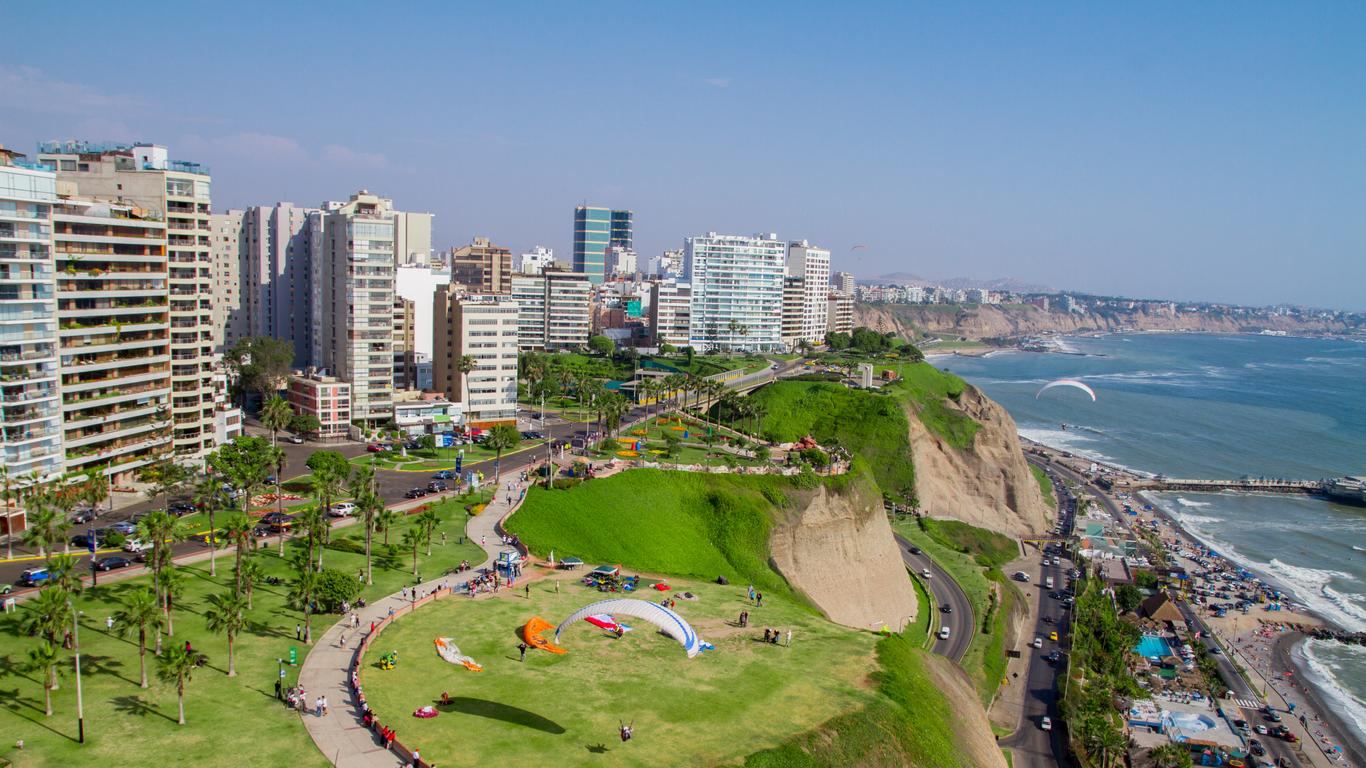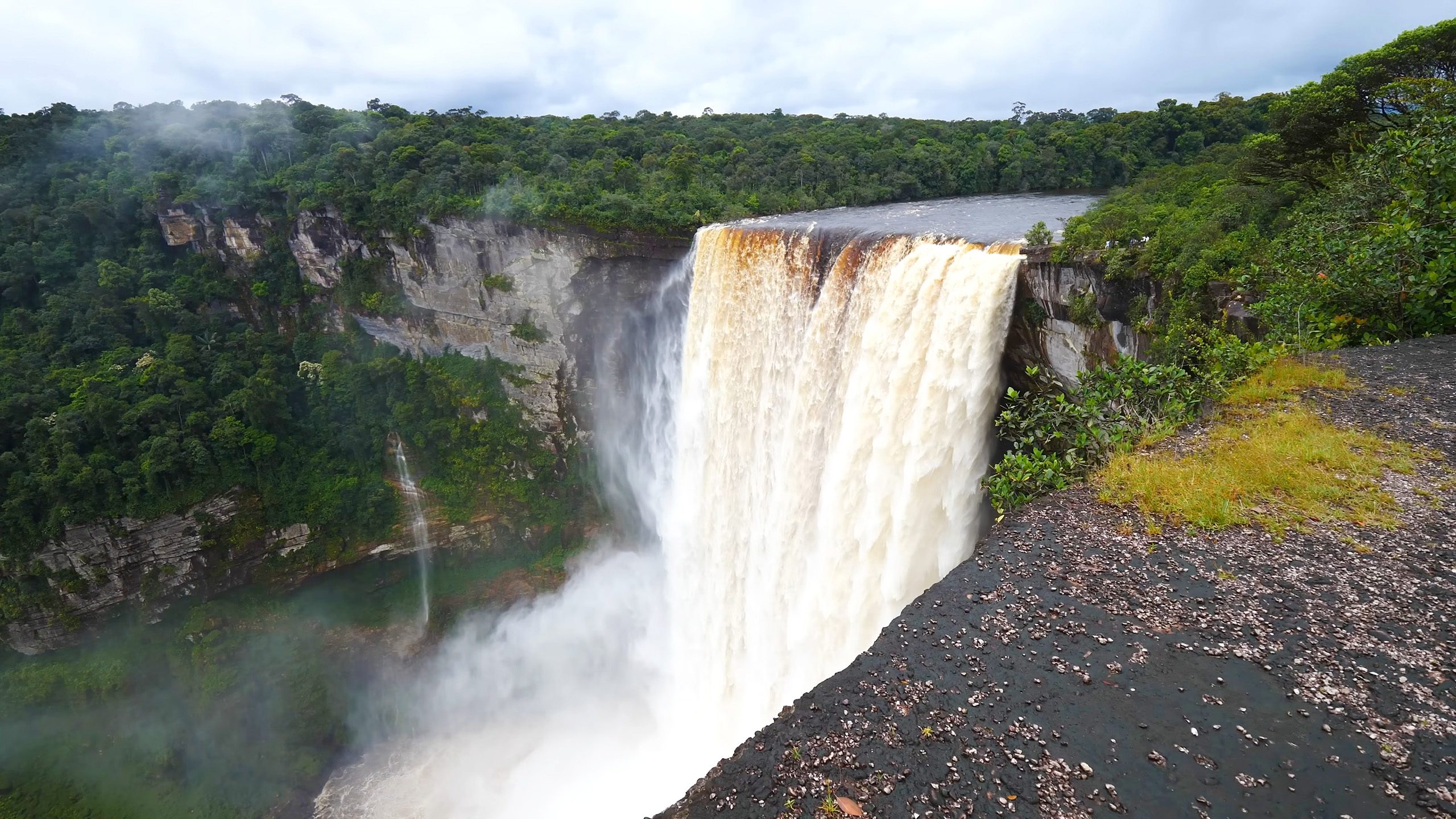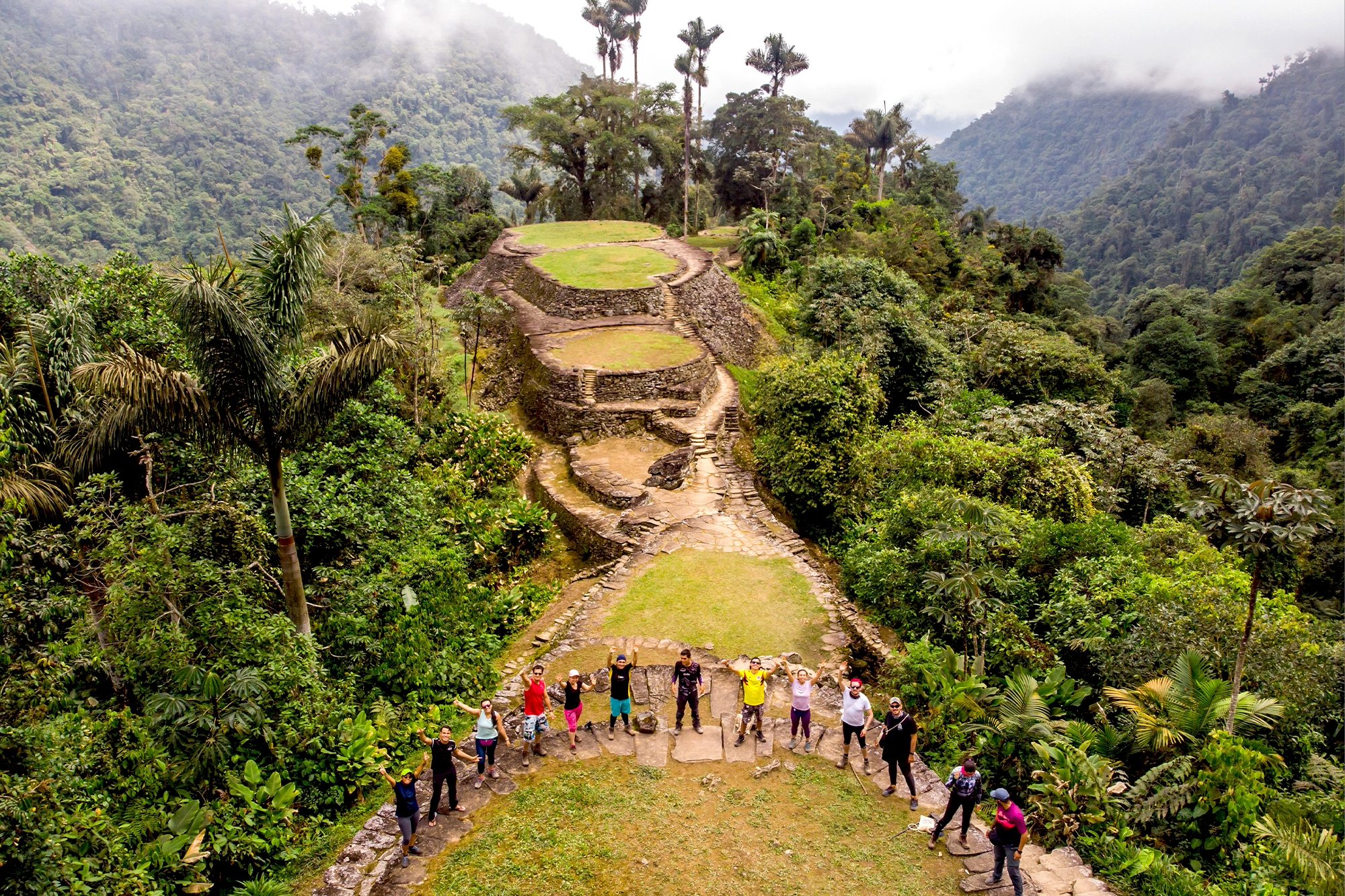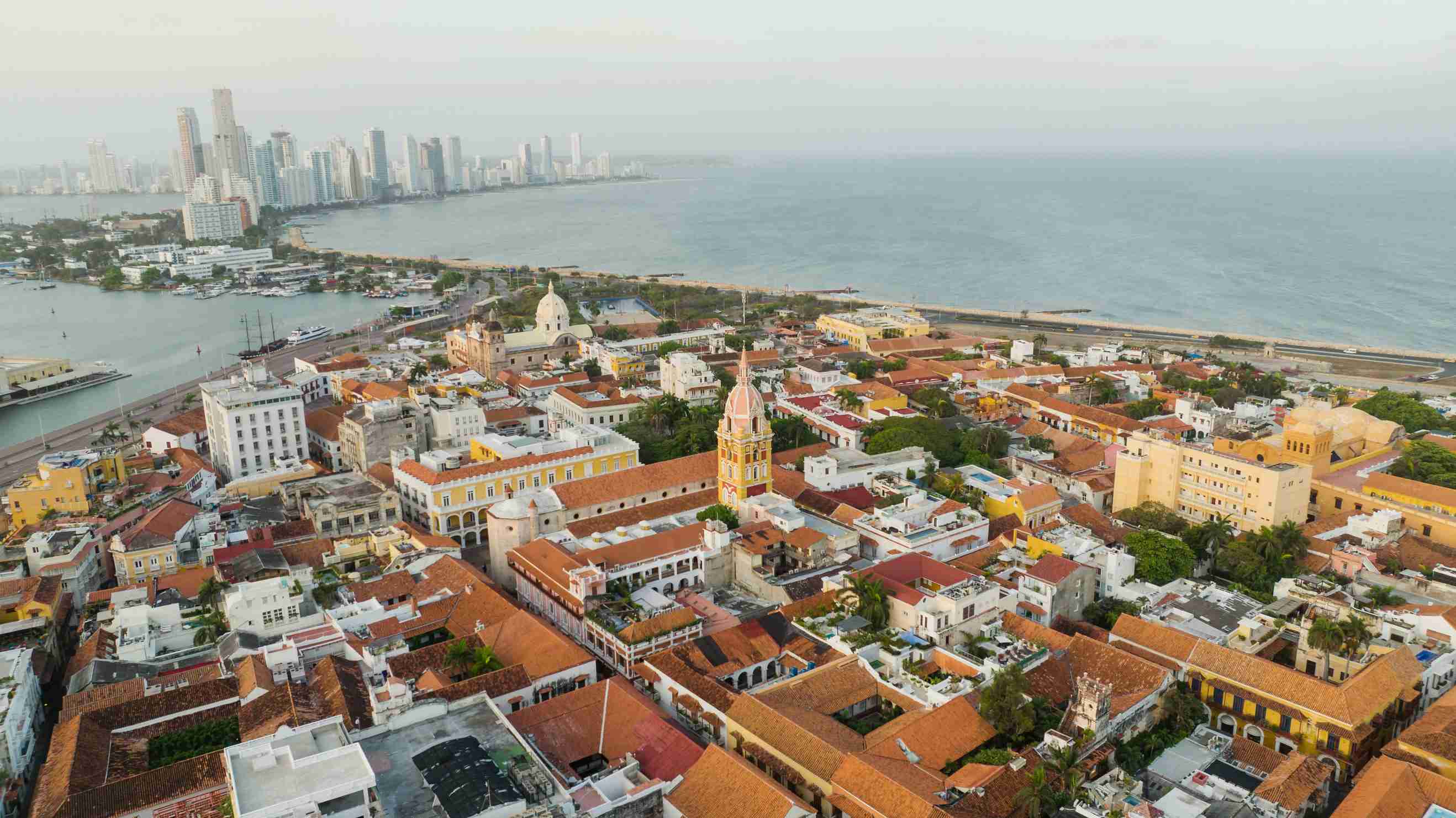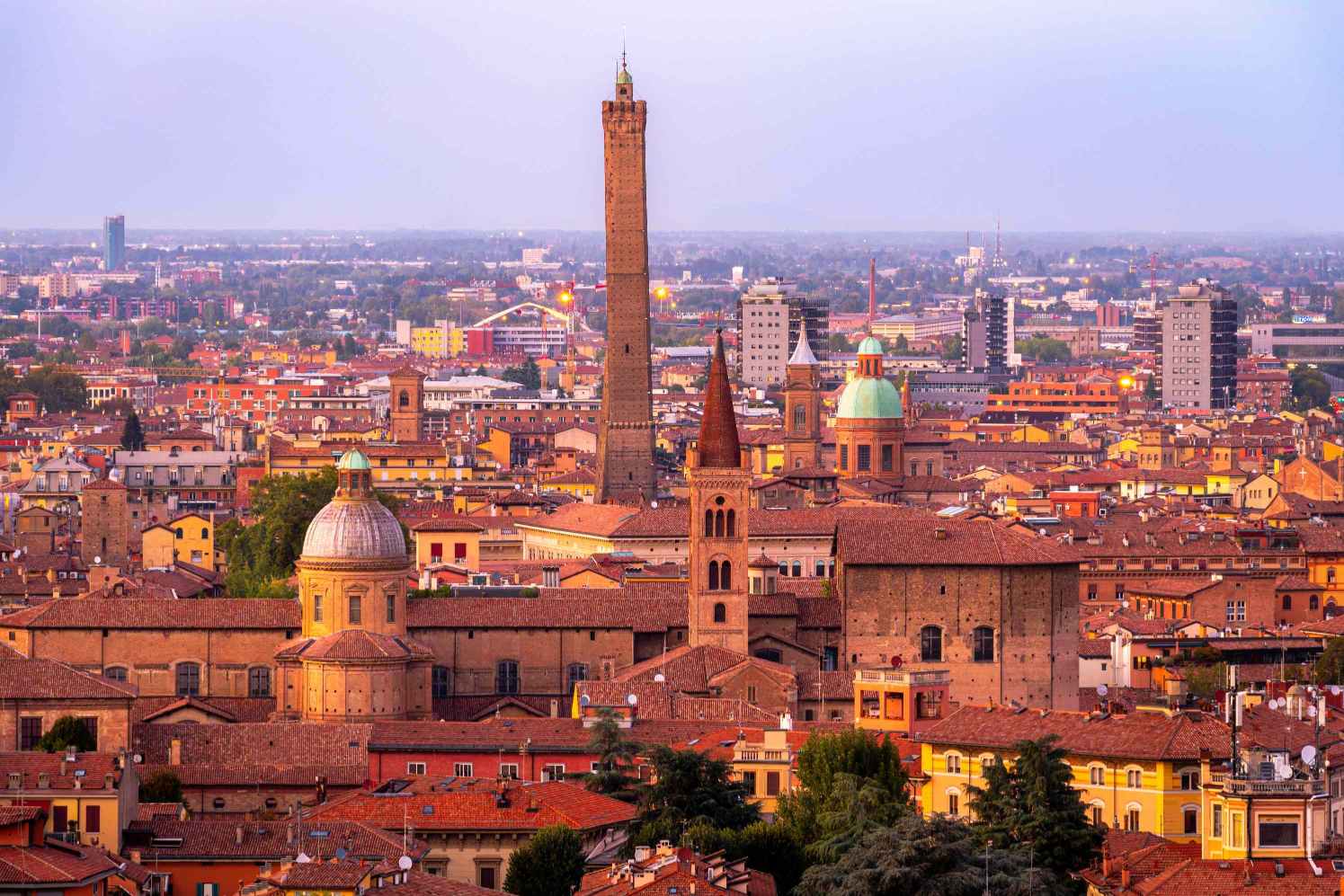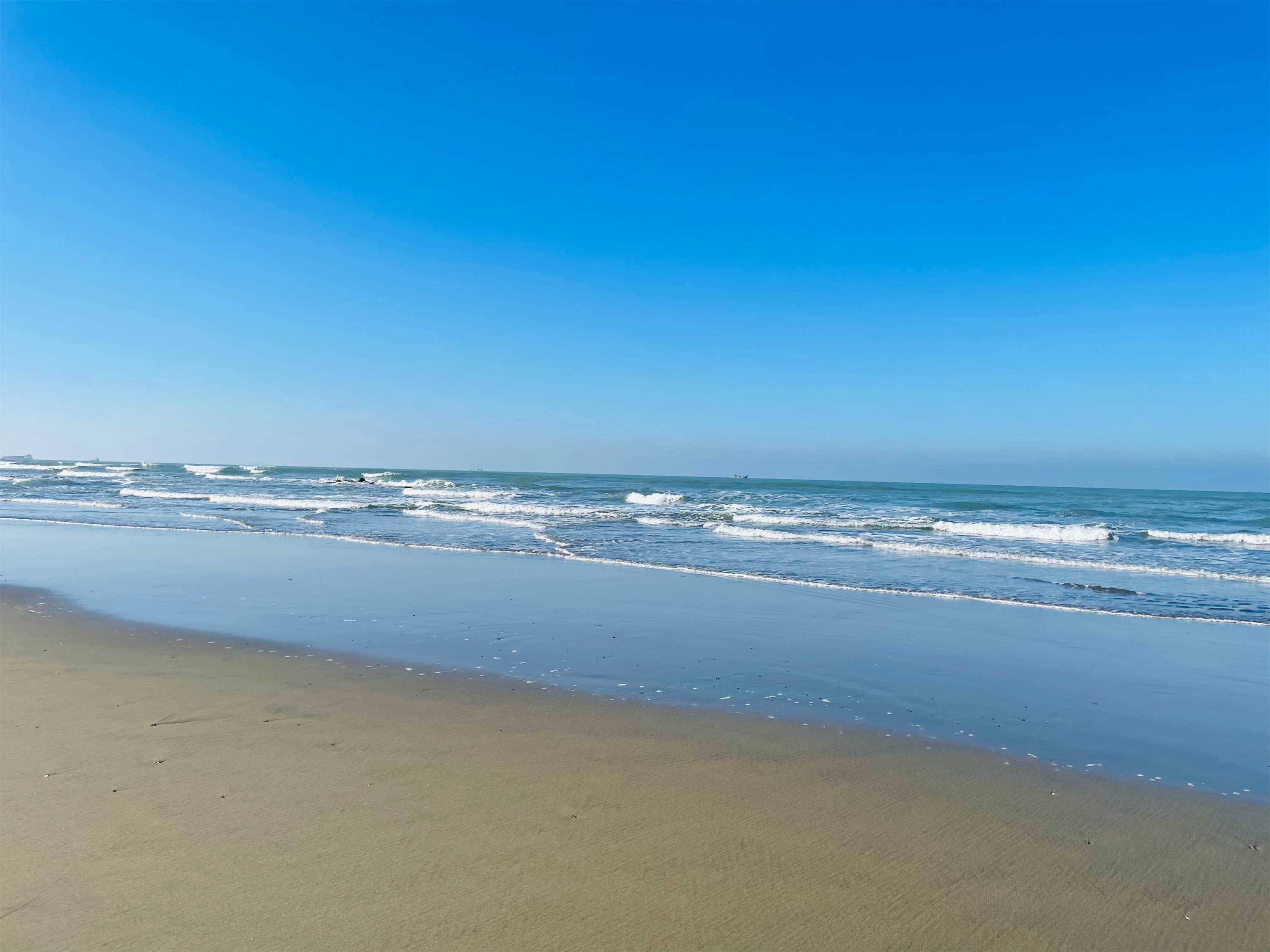Berlin, the capital of Germany, is a city that wears its history proudly while embracing a vibrant and modern spirit. Known for its pivotal role in 20th-century history, Berlin is a city of contrasts—where remnants of the Berlin Wall stand alongside cutting-edge architecture, and historic landmarks coexist with a thriving arts and nightlife scene. From its world-class museums and iconic monuments to its eclectic neighborhoods and green spaces, Berlin offers something for every traveler. Whether you’re exploring its rich history, indulging in its diverse cuisine, or immersing yourself in its creative energy, Berlin promises an unforgettable experience.
Main Attractions of Berlin
Berlin is packed with iconic landmarks and cultural gems. Here are the must-visit highlights:
- Brandenburg Gate: A symbol of German unity and one of Berlin’s most iconic landmarks.
- Berlin Wall Memorial and East Side Gallery: Remnants of the Berlin Wall, featuring historic exhibits and vibrant street art.
- Reichstag Building: The German Parliament building with a stunning glass dome offering panoramic city views.
- Museum Island: A UNESCO World Heritage Site with five world-class museums, including the Pergamon Museum.
- Checkpoint Charlie: A historic checkpoint between East and West Berlin during the Cold War.
- Berlin Cathedral: A stunning Baroque-style cathedral with a dome offering city views.
- Tiergarten: Berlin’s largest park, perfect for walking, cycling, or relaxing.


Culture of Berlin
Berlin’s culture is a mix of history, creativity, and diversity:
- Art and Museums: Berlin is a hub for art lovers, with over 170 museums and countless galleries.
- Music and Nightlife: Known for its legendary techno clubs like Berghain and vibrant live music scene.
- Festivals and Events: Celebrate at events like the Berlin International Film Festival (Berlinale) and Carnival of Cultures.
- Street Art: Berlin is a canvas for murals and graffiti, especially in neighborhoods like Kreuzberg and Friedrichshain.
- Café Culture: Enjoy a coffee or beer at a traditional café or beer garden.
How to Reach Berlin?
Berlin is easily accessible from around the world:
- By Air: Berlin Brandenburg Airport (BER) connects to major cities worldwide.
- By Train: High-speed trains (ICE) connect Berlin to cities like Munich, Hamburg, and Frankfurt.
- By Bus: Affordable bus services like FlixBus operate from nearby countries and cities.
- By Car: Well-maintained highways make driving to Berlin convenient.
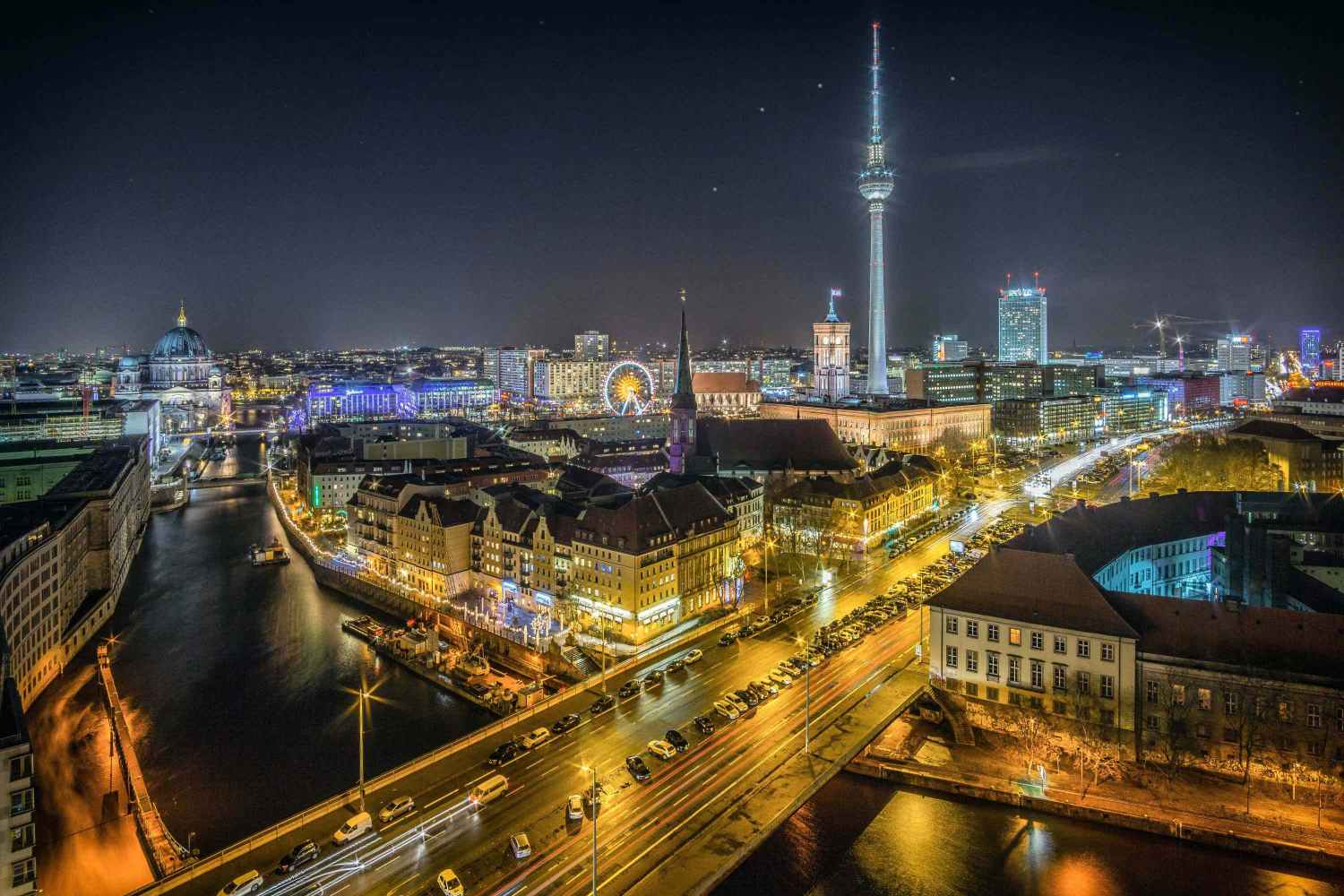
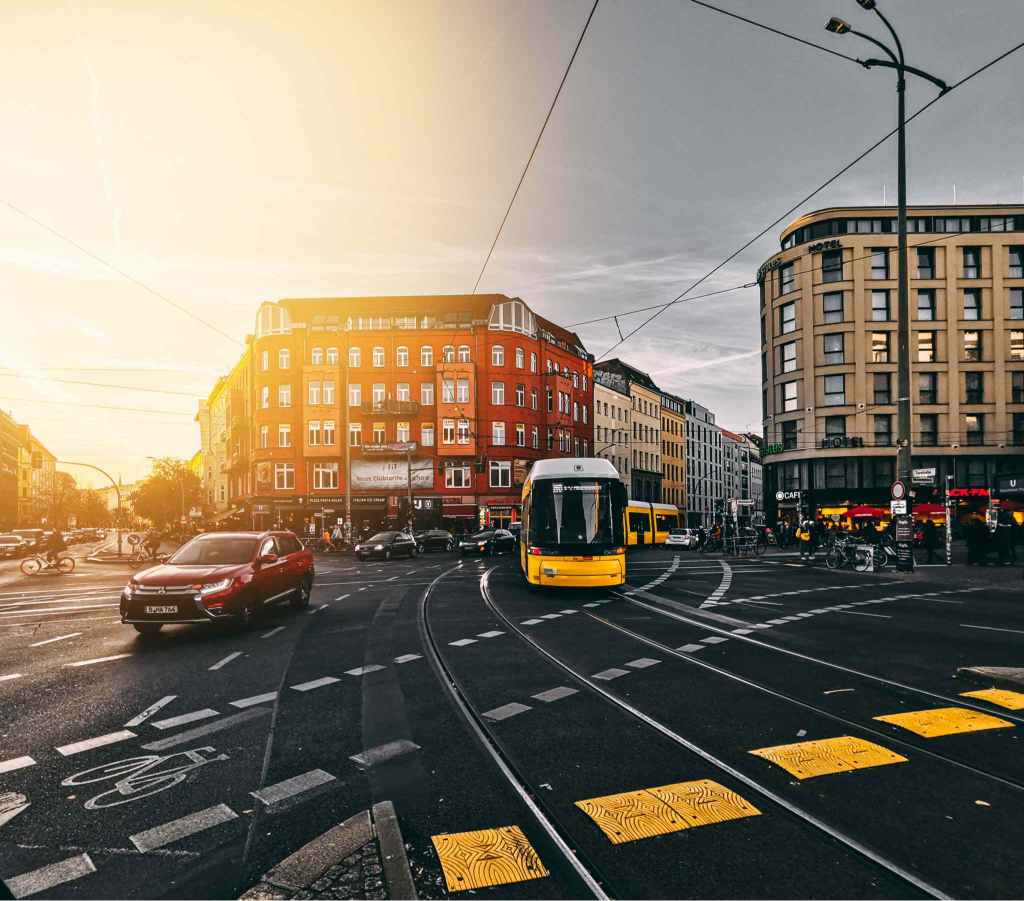
Accommodation Arrangements
Berlin offers a range of accommodations to suit every budget:
- Luxury Hotels: Stay at 5-star hotels like The Ritz-Carlton or Hotel Adlon Kempinski.
- Boutique Hotels: Charming options like Hotel Zoo Berlin or Sir Savigny Hotel.
- Budget Hotels and Hostels: Affordable stays for backpackers and budget travelers.
- Vacation Rentals: Apartments and lofts for a more local experience.
Local Foods
Berlin’s cuisine is a mix of German classics and international flavors. Must-try dishes include:
- Currywurst: A Berlin specialty of sausage topped with curry ketchup.
- Döner Kebab: A popular street food introduced by Berlin’s Turkish community.
- Schnitzel: Breaded and fried meat cutlets, often served with potatoes or salad.
- Berliner Pfannkuchen: A jelly-filled doughnut, often enjoyed during Carnival.
- Eisbein: A hearty dish of pickled pork knuckle, usually served with sauerkraut and potatoes.
- Beer: Sample local brews like Berliner Weisse, a tart wheat beer.
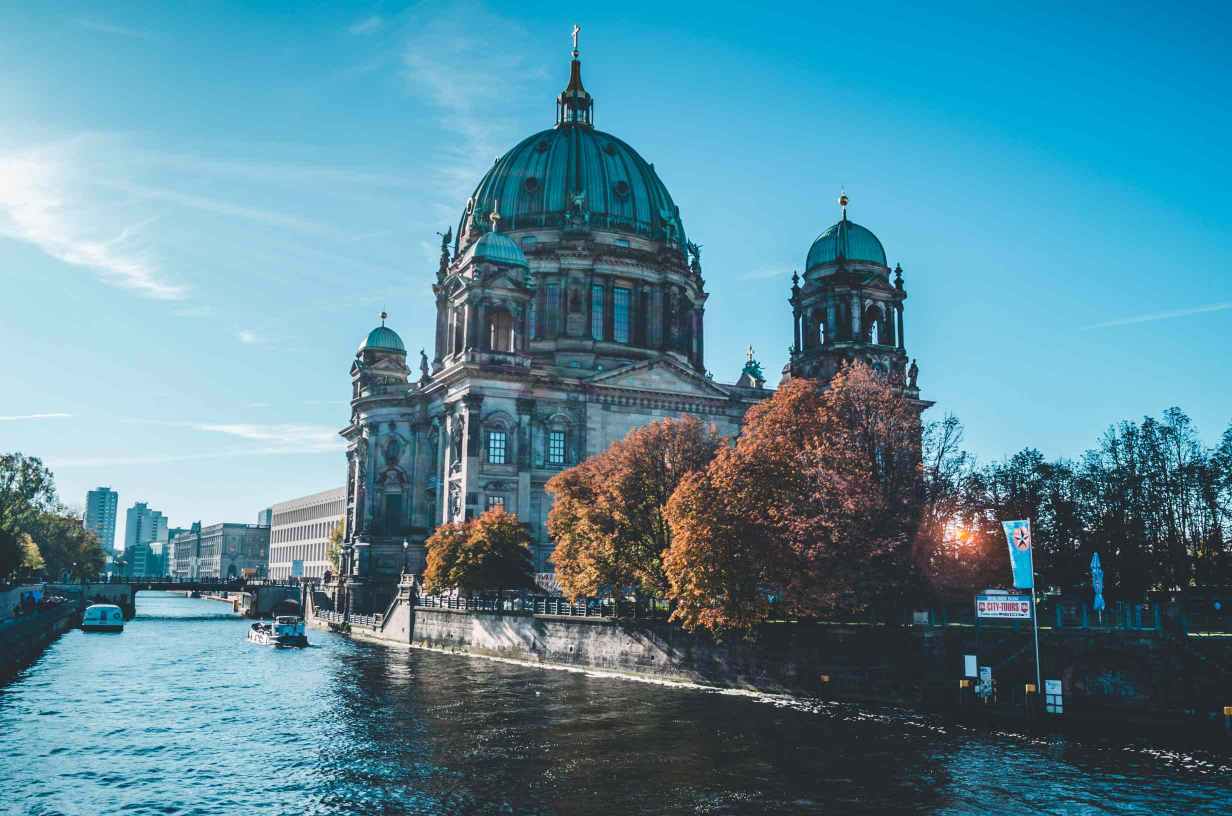
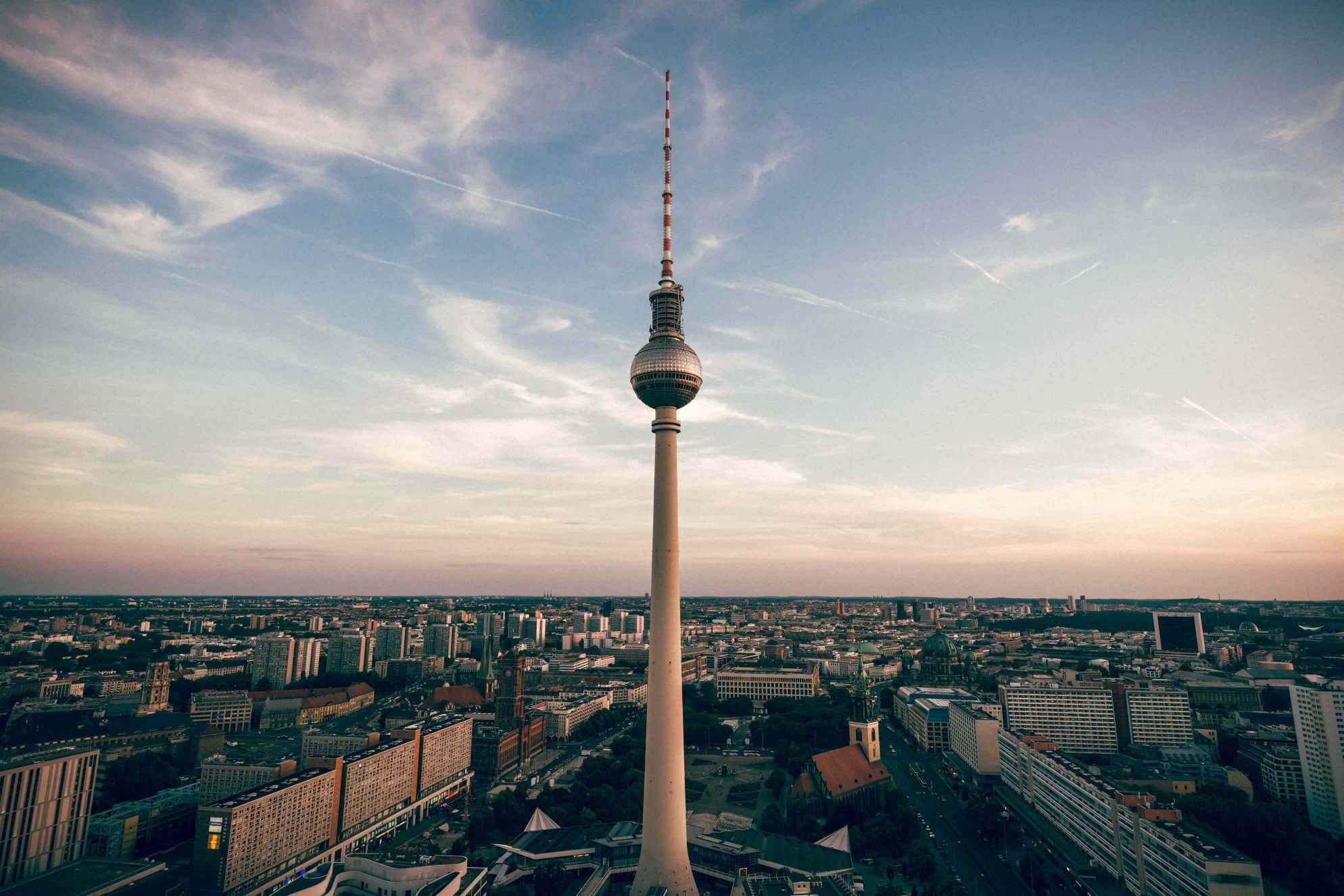
Best Time to Visit Berlin
The best times to visit Berlin are:
- Spring (April to June): Mild weather and blooming flowers make it ideal for sightseeing.
- Autumn (September to October): Cooler temperatures and fewer crowds.
- Summer (July to August): Warm weather and lively festivals, but expect crowds.
- Winter (November to March): Festive markets and cozy cafes, but colder weather.
Where to Visit in Berlin?
Here are some top destinations to include in your itinerary:
- Mitte: The historic center, home to Brandenburg Gate, Museum Island, and Alexanderplatz.
- Kreuzberg: A trendy neighborhood known for its street art, nightlife, and multicultural vibe.
- Prenzlauer Berg: A hip area with cafes, boutiques, and a relaxed atmosphere.
- Charlottenburg: Visit Charlottenburg Palace and the upscale Kurfürstendamm shopping street.
- Friedrichshain: Explore the East Side Gallery and enjoy the lively nightlife.

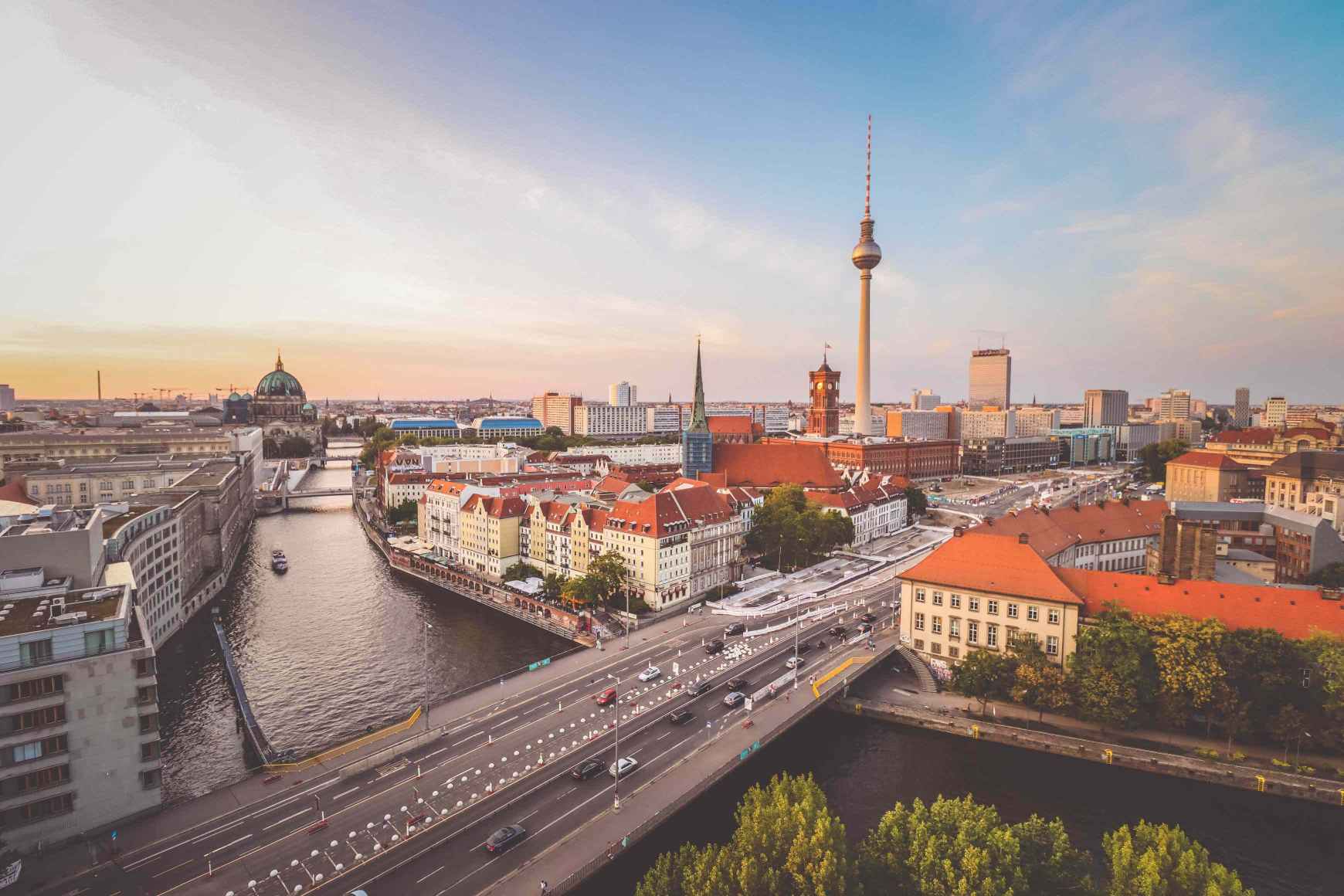
Where and What to Shop?
Berlin offers unique shopping opportunities:
- Kurfürstendamm: A luxury shopping street with high-end brands.
- KaDeWe: Europe’s largest department store, known for its gourmet food hall.
- Flea Markets: Visit markets like Mauerpark or Boxhagener Platz for vintage finds and local crafts.
- Local Designers: Look for Berlin-made fashion, accessories, and homeware.
What Things to Do?
- Explore History: Visit the Berlin Wall Memorial, Checkpoint Charlie, and the Holocaust Memorial.
- Museum Hopping: Discover art, history, and culture at Museum Island and other museums.
- Nightlife: Experience Berlin’s legendary clubs and bars.
- Food Tours: Sample local delicacies and international cuisines.
- Day Trips: Visit nearby destinations like Potsdam or Sachsenhausen Concentration Camp.

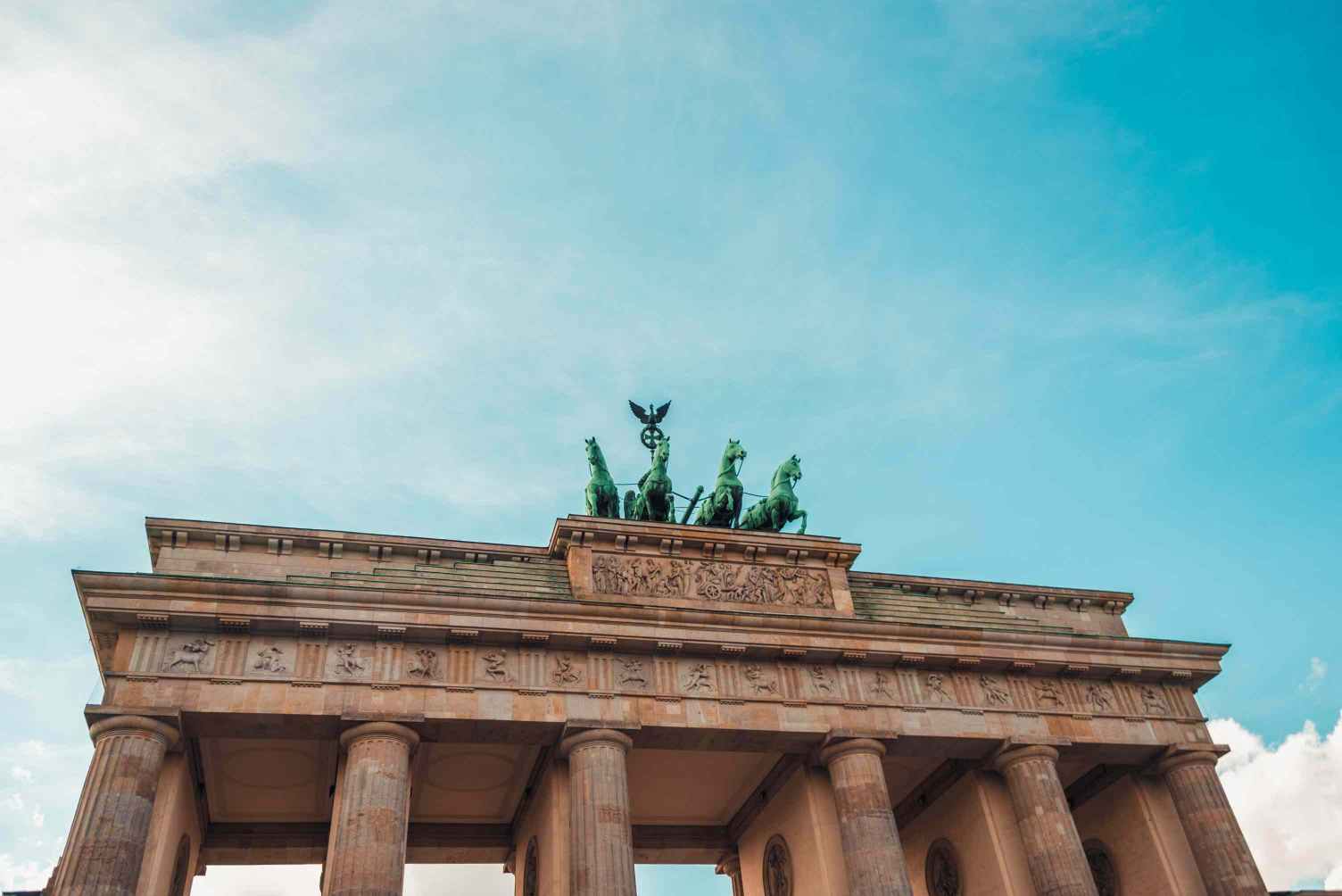
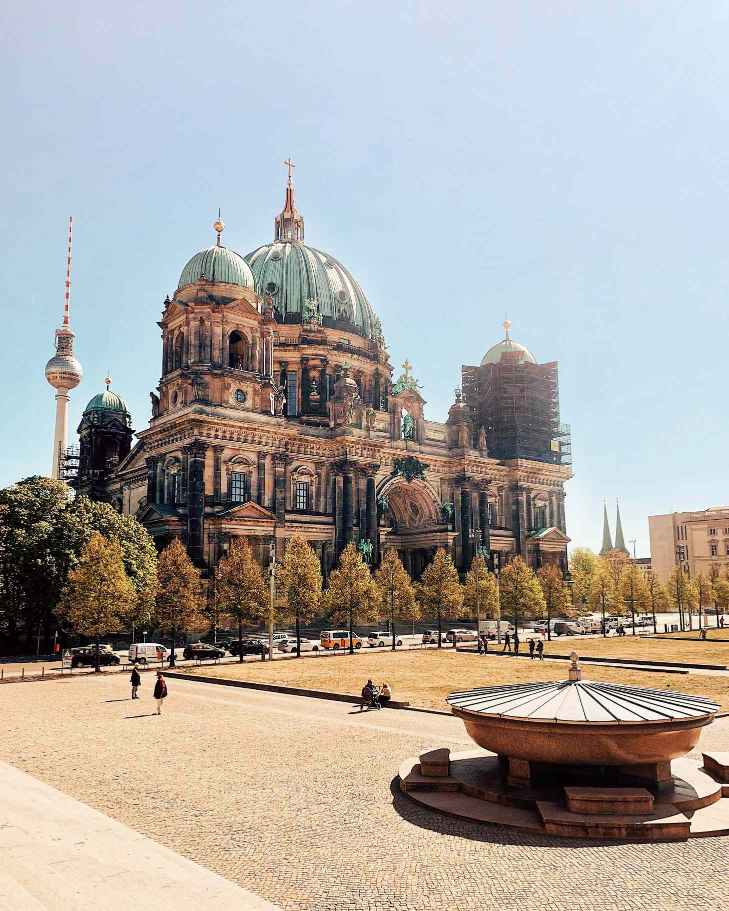
What to Pack?
- Comfortable Shoes: For walking on cobblestone streets and exploring parks.
- Layered Clothing: Weather can be unpredictable, especially in spring and autumn.
- Rain Gear: A waterproof jacket or umbrella is essential.
- Camera: Capture the city’s stunning architecture and vibrant streets.
- Adapter: Germany uses Type C and F plugs.
Berlin is a city that captivates with its history, culture, and creativity. Its iconic landmarks, lively neighborhoods, and diverse cuisine make it a must-visit destination for travelers. Whether you’re exploring its historic sites, immersing yourself in its art scene, or dancing the night away, Berlin promises an unforgettable experience. Start planning your trip to this dynamic city and discover the magic of Berlin.
FAQs
-
Is Berlin expensive to visit?
Berlin is affordable compared to other European capitals, with budget-friendly options for accommodations and dining. -
Do I need to speak German to visit Berlin?
No, English is widely spoken, especially in tourist areas. -
What currency is used in Berlin?
The Euro (EUR) is the official currency. -
Is Berlin safe for tourists?
Yes, Berlin is generally safe, but always be aware of your surroundings.

